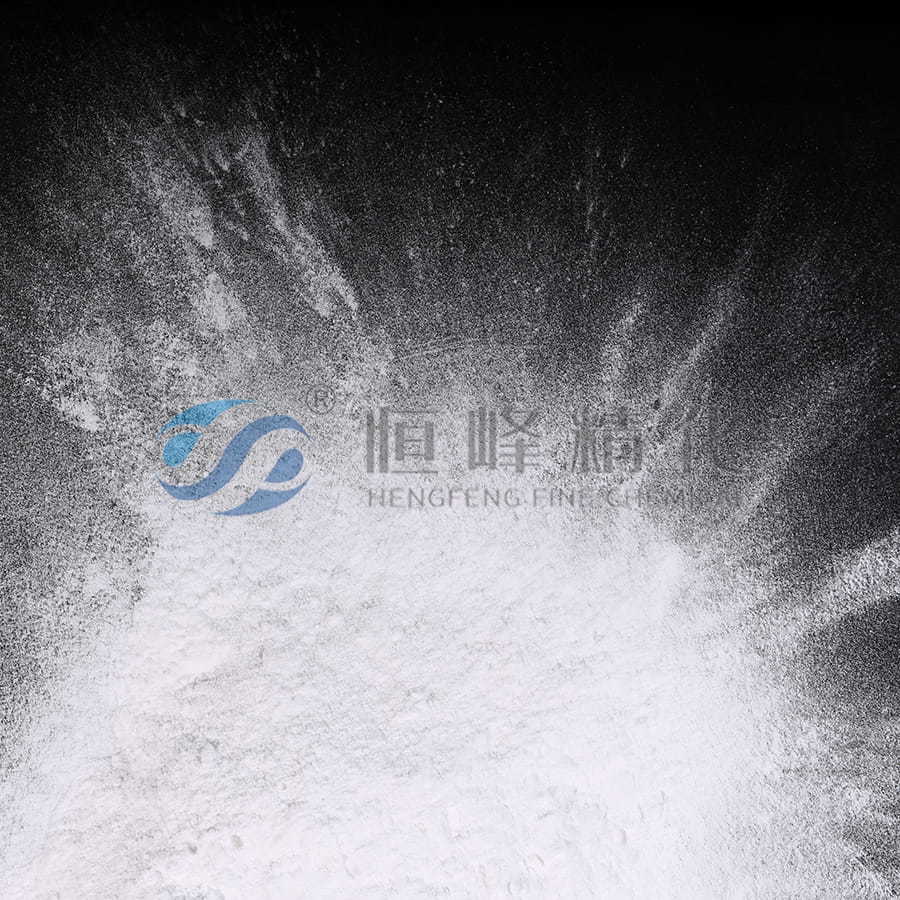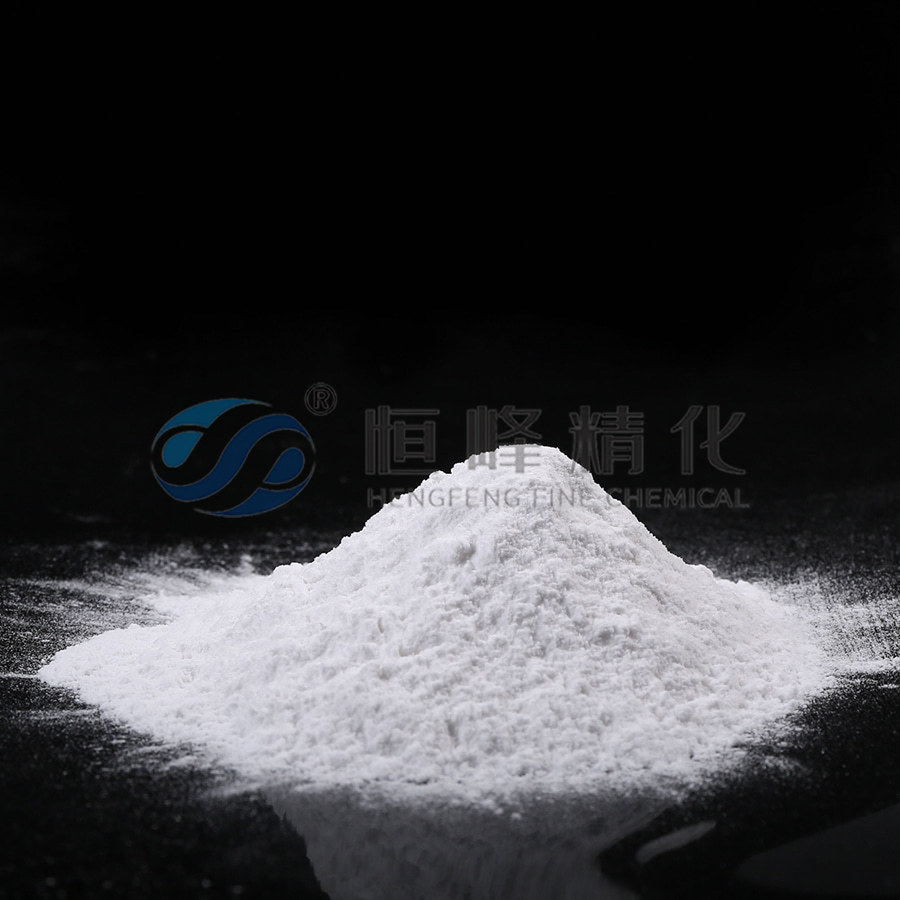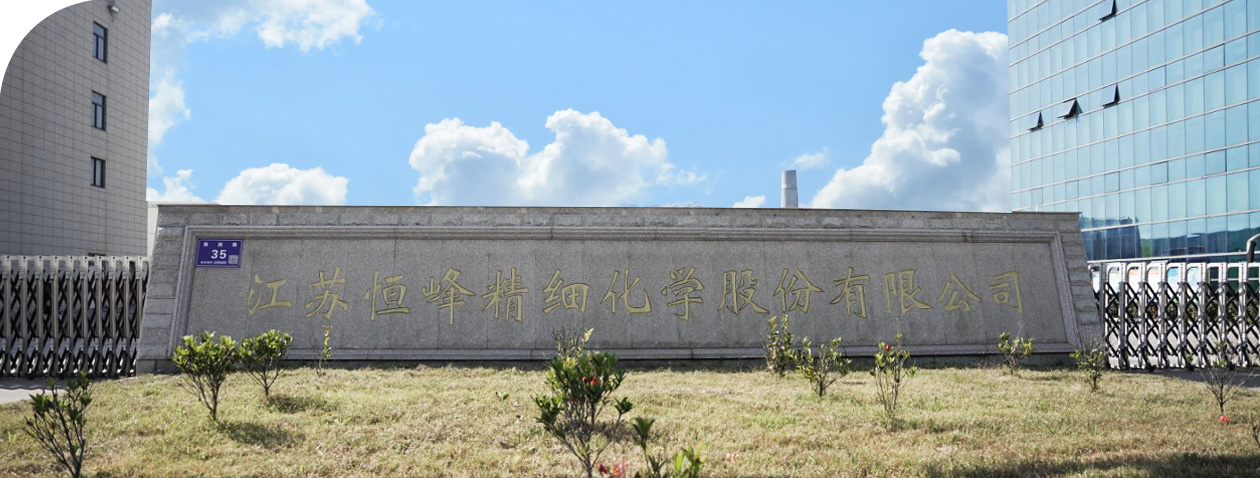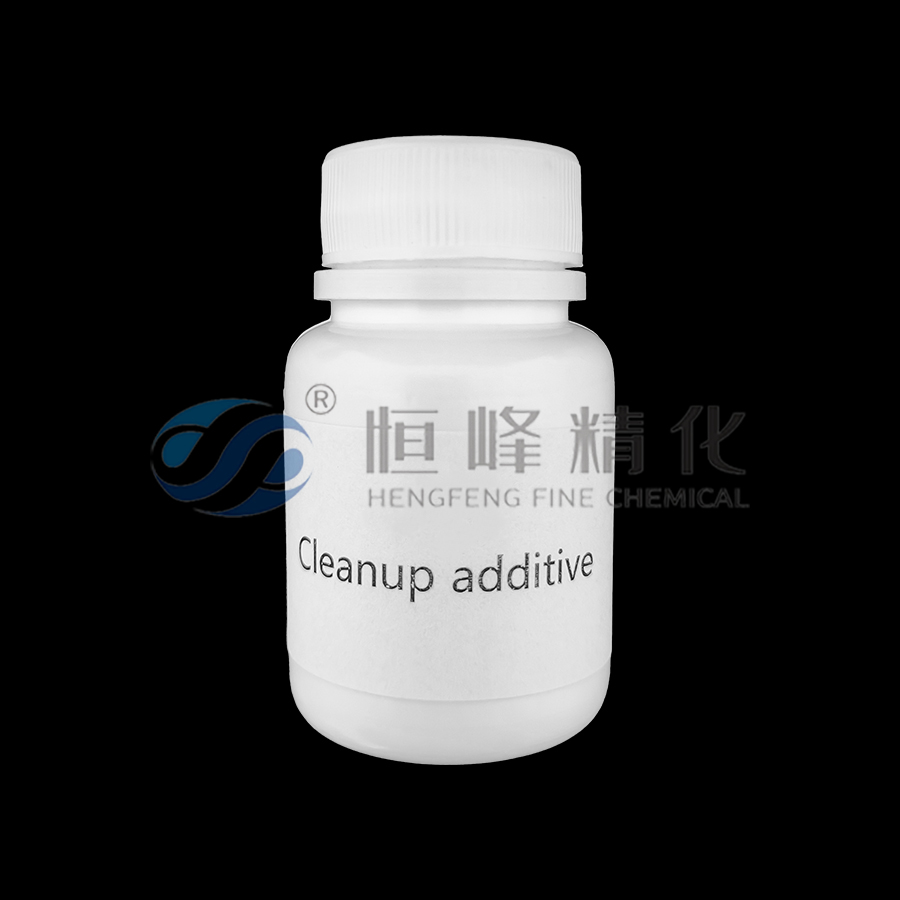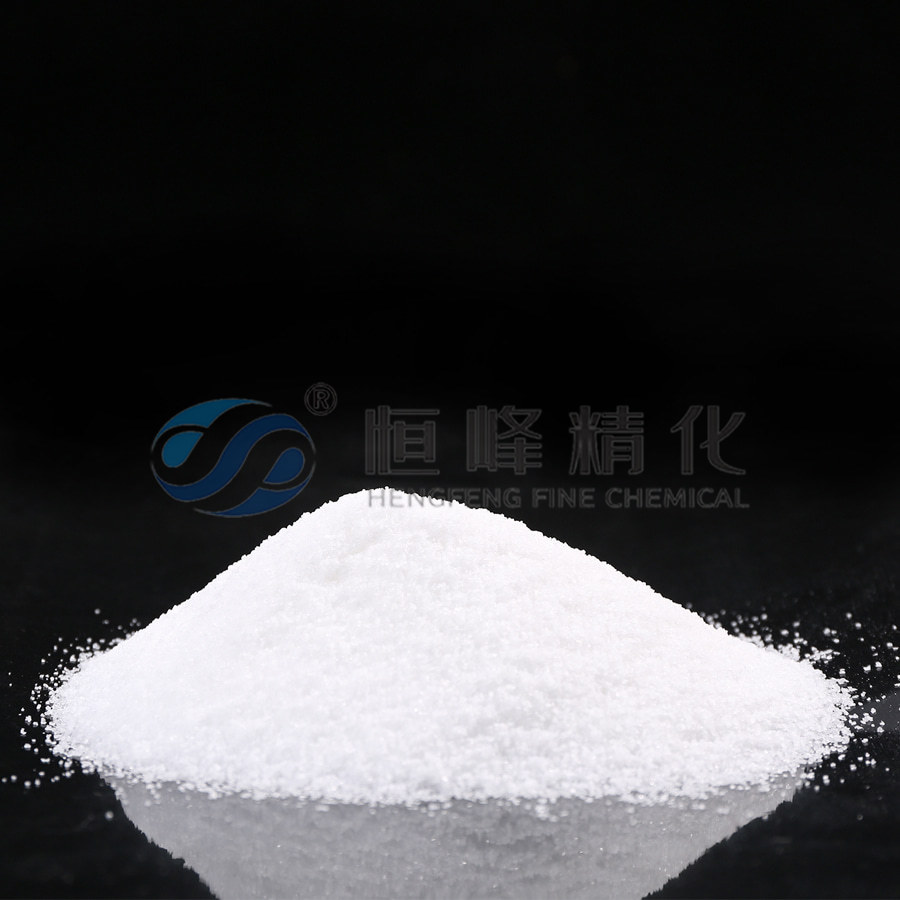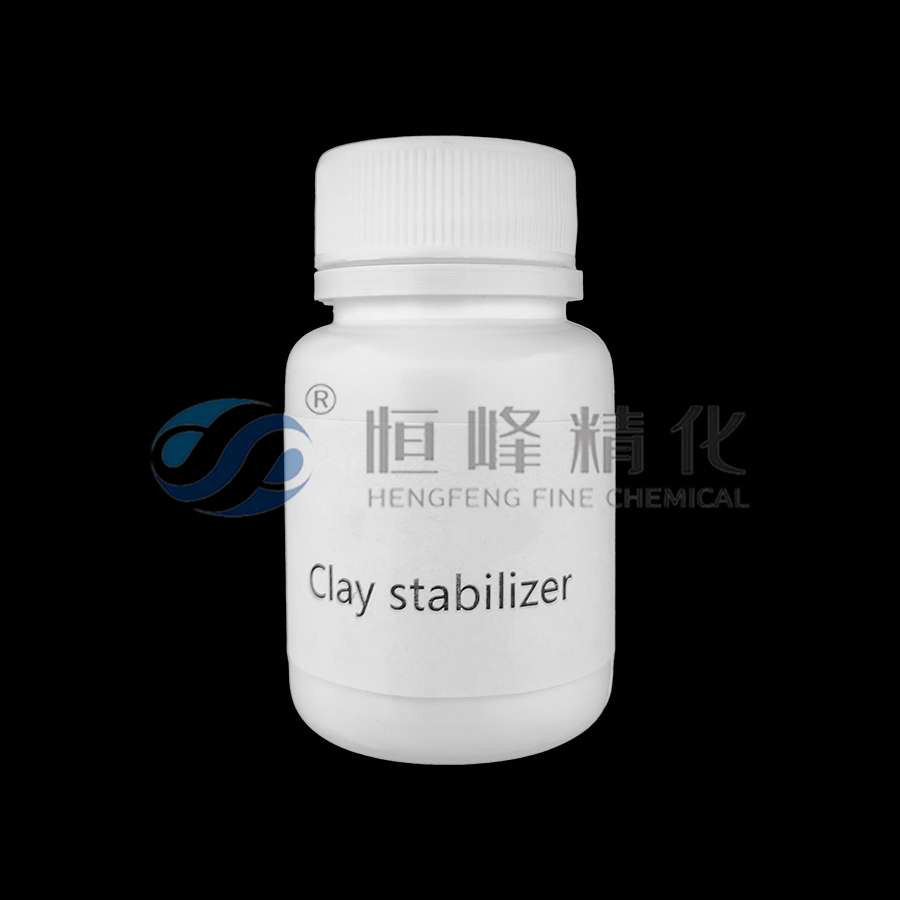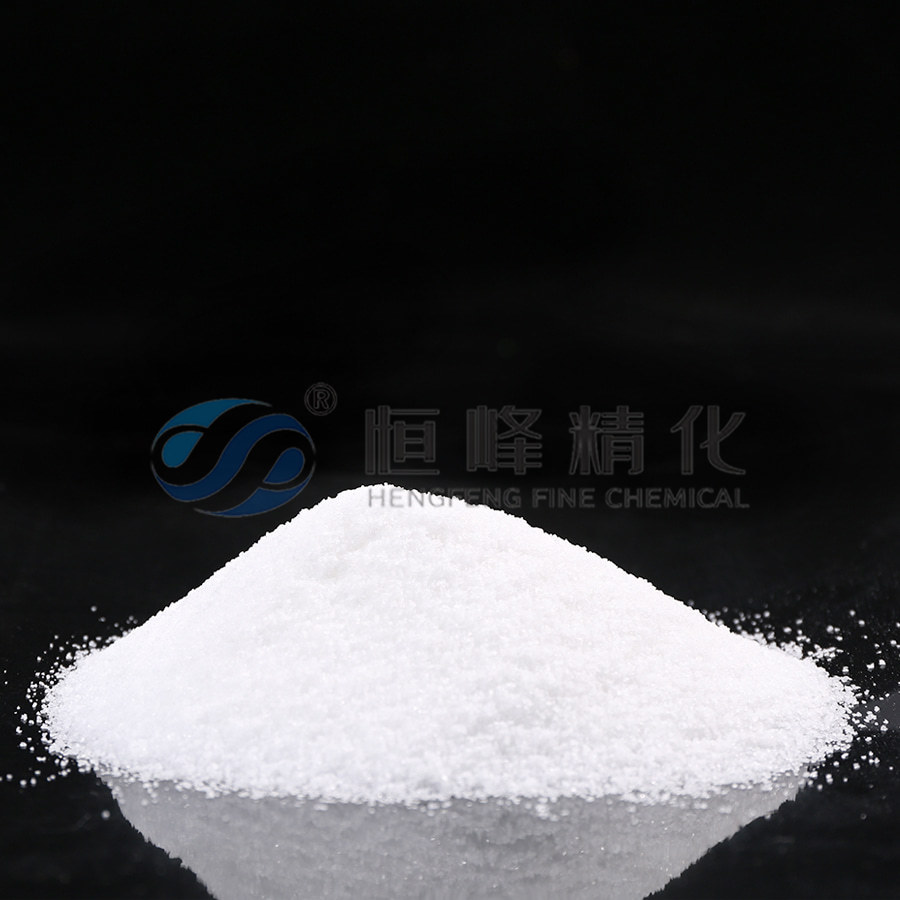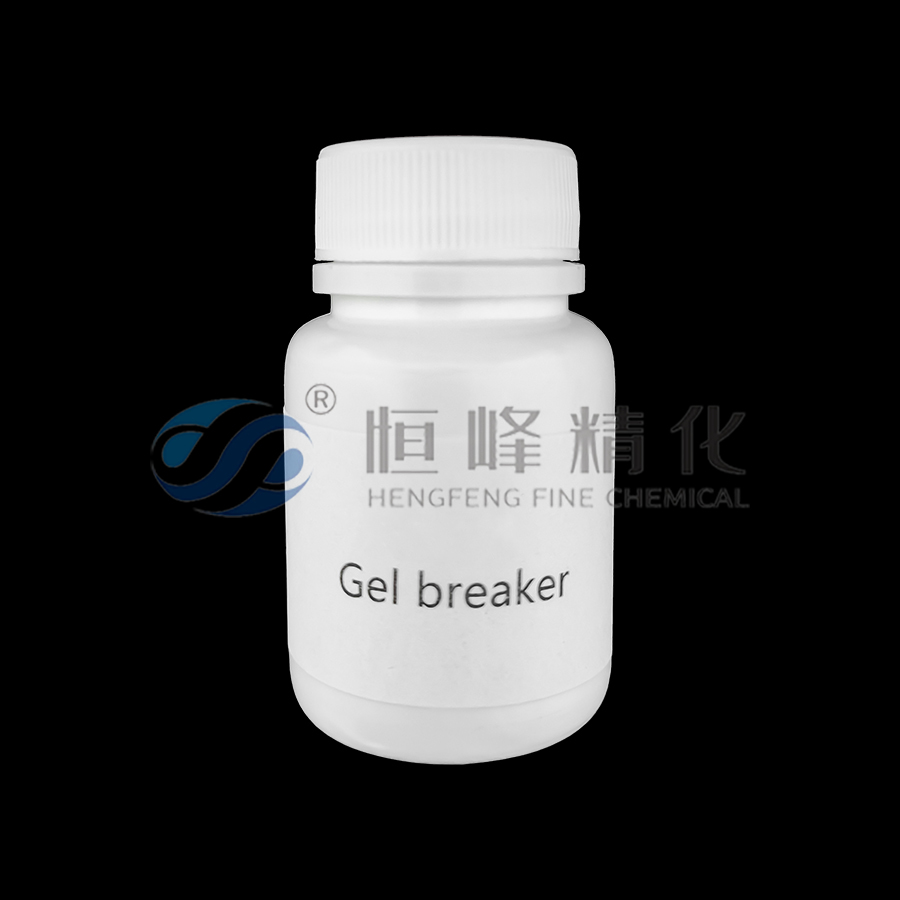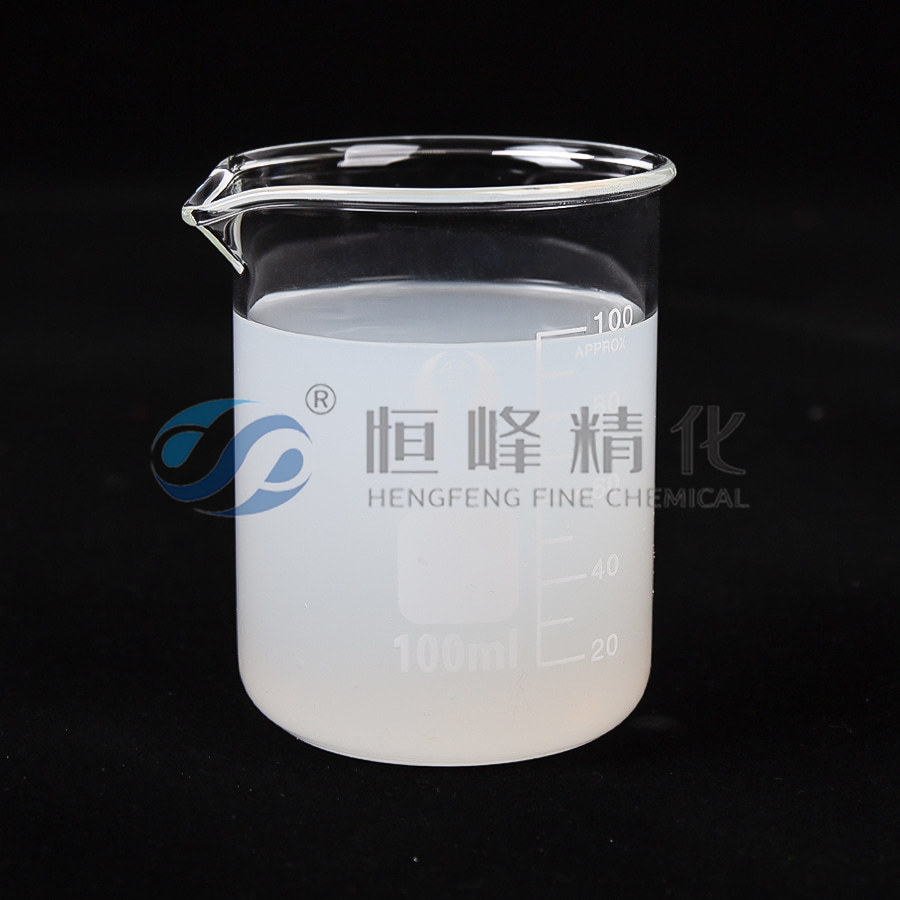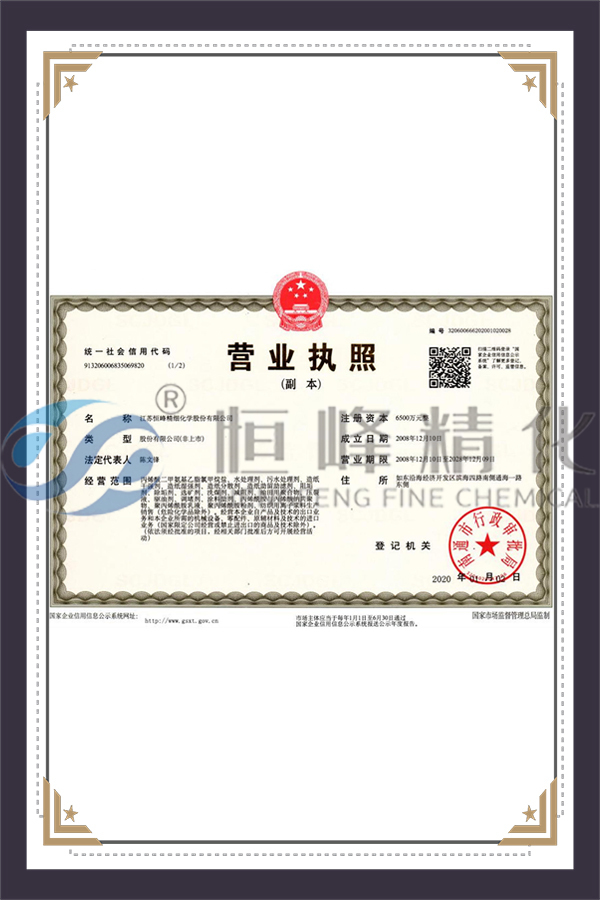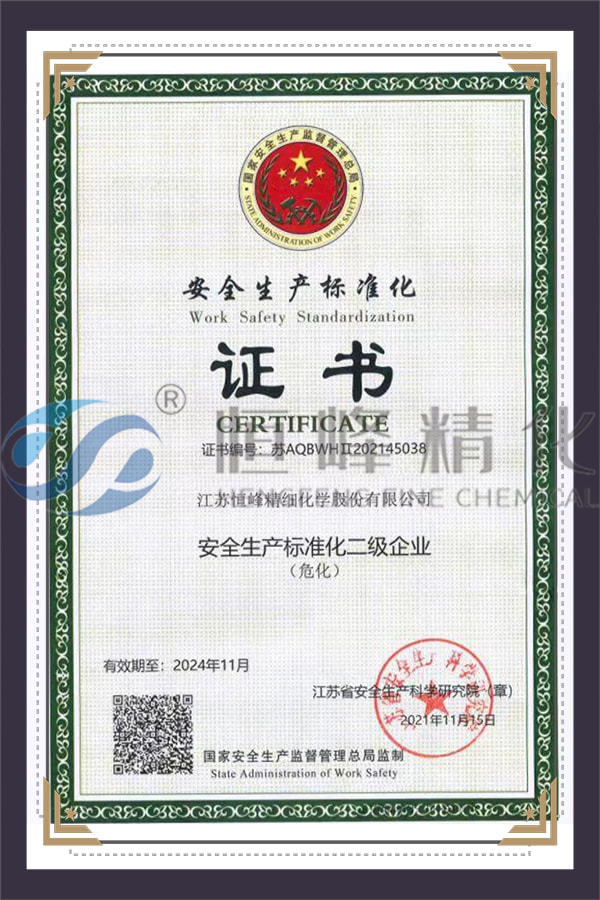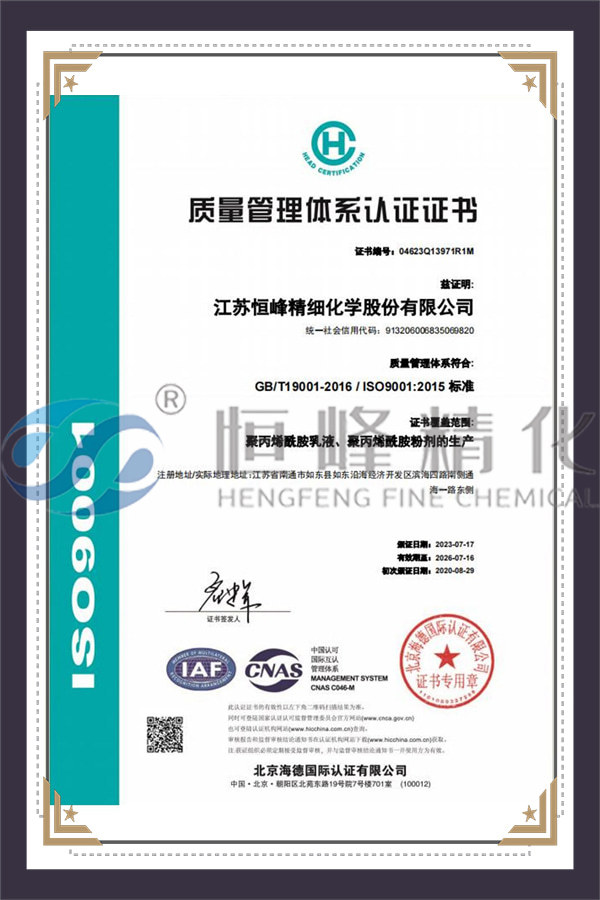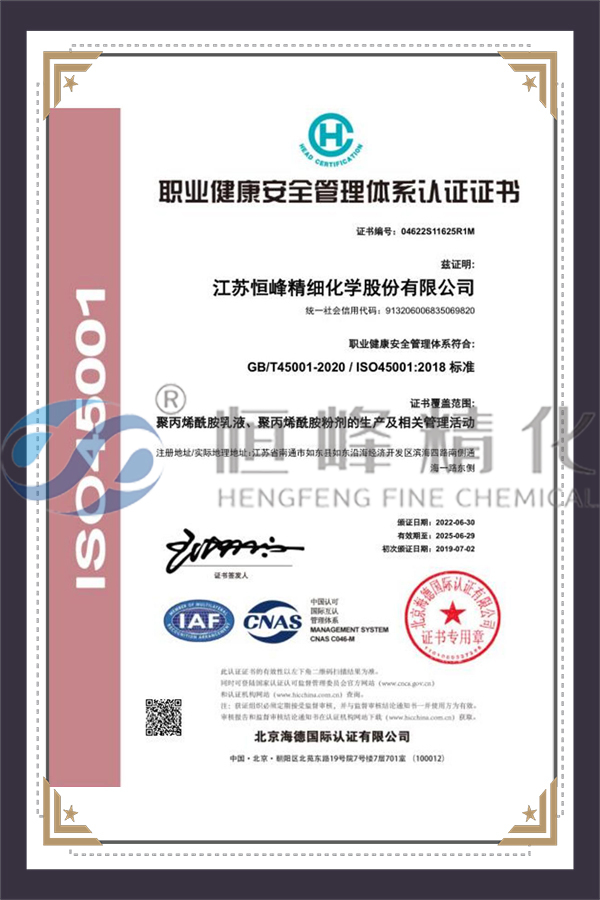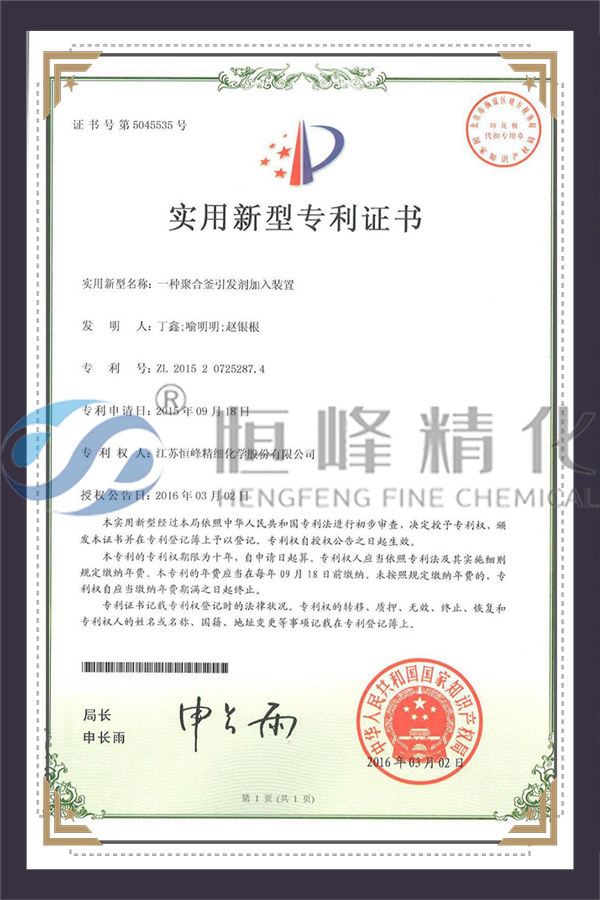How does the molecular weight of polyacrylamide affect its performance in papermaking?
The molecular weight of polyacrylamide plays a crucial role in determining its performance in papermaking processes. Polyacrylamide, a polymer with repeating acrylamide units, is characterized by a wide range of molecular weights. This parameter significantly influences its effectiveness in various aspects of paper production.
Retention and Drainage:The molecular weight of polyacrylamide affects its ability to aid in the retention of fibers during the papermaking process. Higher molecular weight polyacrylamides often exhibit enhanced retention properties.
Additionally, the drainage performance of
Papermaking Polyacrylamide, influencing the water removal from the pulp, is influenced by molecular weight. Higher molecular weight polymers can improve drainage efficiency, contributing to a more efficient papermaking process.
Flocculation and Floc Size:Polyacrylamide is often used to induce flocculation in the pulp, facilitating the removal of fine particles. The molecular weight determines the size and strength of the formed flocs.Higher molecular weight polyacrylamides tend to create larger and more stable flocs. This is advantageous in enhancing the settling and removal of fine materials, contributing to improved paper quality.
Strength Properties of Paper:Molecular weight influences the interaction between polyacrylamide and cellulose fibers. Higher molecular weight polymers may form stronger bridges between fibers, contributing to improved paper strength properties.The choice of molecular weight is, therefore, a critical consideration in tailoring the mechanical and tensile strength of the final paper product.
Sheet Formation and Uniformity:Molecular weight impacts the ability of
Papermaking Polyacrylamide to promote an even distribution of fibers, fillers, and other components in the paper sheet. This is essential for achieving uniform sheet formation and improved paper quality.Proper selection of molecular weight can contribute to better sheet formation, resulting in a smoother and more homogeneous paper surface.
How is Papermaking Polyacrylamide synthesized?
The synthesis of
Papermaking Polyacrylamide involves a series of chemical processes to create a polymer with specific characteristics suitable for its intended applications in the papermaking industry. Here's a concise overview of the synthesis of Polyacrylamide:
1. Monomer Selection:The synthesis begins with the selection of acrylamide as the primary monomer. Acrylamide, a small organic molecule, serves as the building block for the polyacrylamide polymer.
2. Initiation:Polymerization is initiated through the addition of a free radical initiator. Common initiators include persulfates or azo compounds. This initiation step generates free radicals that react with the acrylamide monomers.
3. Propagation:During propagation, the free radicals react with acrylamide monomers, leading to the sequential addition of monomers to the growing polymer chain. This step is crucial for achieving the desired chain length and molecular weight of the polyacrylamide.
4. Termination:Termination occurs when the free radicals are consumed or react with each other, halting the chain growth. The termination step influences the overall distribution of molecular weights in the final polyacrylamide product.
5. Copolymerization (Optional):In some cases, acrylamide may be copolymerized with other monomers to introduce specific properties to the polyacrylamide. For example, the incorporation of anionic or cationic monomers can impart ionic properties to the polymer, enhancing its performance in papermaking applications.
6. Adjustments and Purification:After the polymerization, adjustments may be made to control the molecular weight and properties of the polyacrylamide. Purification steps, such as filtration or precipitation, help remove impurities and unreacted monomers, ensuring the quality of the final product.
7. Formulation for Papermaking:The synthesized
Papermaking Polyacrylamide is typically provided in various forms, including liquid solutions or powders. These formulations are designed to facilitate easy handling and application in the papermaking process.



